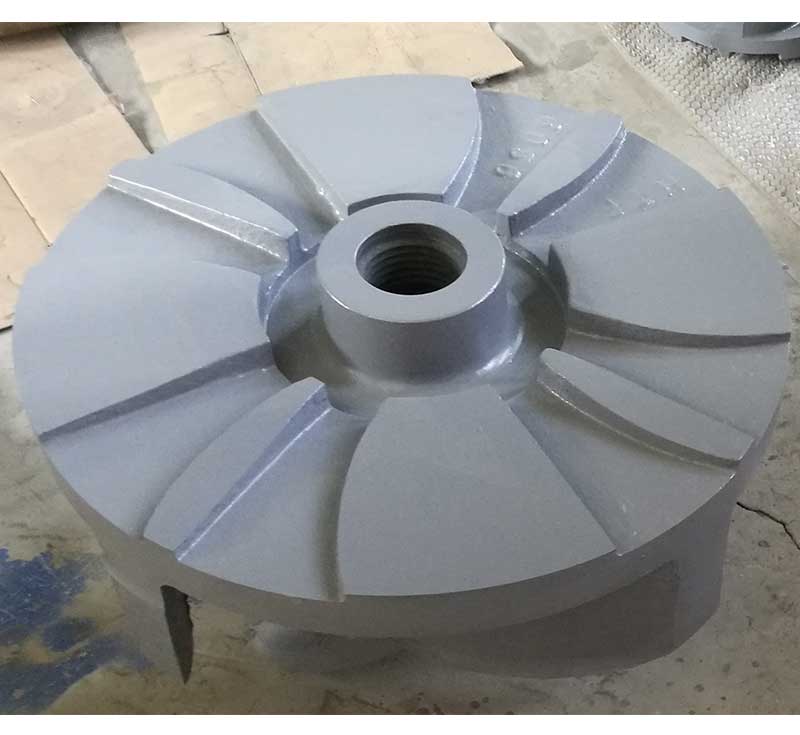+86 311 85258258
+86 311 85258258
Sep. 17, 2020
Forging and casting are two common processes for processing advanced metal forgings. Maybe many people still don't understand what forging is? What is casting? What are the differences between forgings and castings? OEM metal parts manufacturer introduces to you what are the differences between forgings and castings?
1. What is forging?
Metal forgings mainly refer to forging workpieces or blanks obtained by forging and deforming metal blanks. External pressure is applied to the metal workpieces or blanks to cause plastic deformation and change its related mechanical properties. The forging of forgings can be divided into cold forging temperature and hot forging temperature according to the temperature difference of the blank during processing. Among them, hot forging generally refers to the processing at a temperature higher than the recrystallization temperature of the metal blank, while cold forging is mainly processing at room temperature.
2. What is casting?
Metal casting mainly refers to the liquid metal that has been smelted, which is put into a pre-prepared casting model by pouring, injection, inhalation, or other pouring and casting processes, and after the liquid metal is cooled and formed, it is processed by grinding and other subsequent processing methods, Get a metal workpiece with model shape, size, and performance.

Metal Casting
3. What is the difference between forgings and castings?
The castings processed by the casting process can obtain complex-shaped workpieces, the casting cost is low, and a special process can be used to obtain precision metal castings. The surface of metal castings processed by the casting process has ideal smoothness without processing, simple forming, and low price. However, compared with forgings, castings are prone to defects such as non-dense areas. Forgings mainly refer to the use of forging equipment to forge metal bars. Compared with castings, it is generally impossible to forge more complex workpieces. The processing workload is relatively large, the structure is relatively dense, and internal defects are not easy to appear. Therefore, forgings can be used for processing parts with high processing requirements, such as metal valve seats, valve cores, valve stems, and other technological occasions.
In the casting process, pouring liquid metal into the membrane cavity is prone to shrinkage, particles, or pores during the casting process, because castings are usually not used in harsh environmental applications. During the long temperature cooling process of the casting, the fluidity of the small solid particles-crystals further shrinks in a tree-like structure, which increases the difficulty of the molten metal, but the compensation in the solid-state cooling process usually requires an increase in size.
4. The use of forgings
Compared with metal castings, forgings have a more uniform internal structure, higher density, good strength integrity, small dimensional errors, and good dimensional characteristics. The internal structure of forgings has higher performance than castings in terms of overall strength and stress. . Forging eliminates internal defects and can process various forgings such as alloy steel forgings, shaft forgings, ring forgings, cylinder forgings, special-shaped forgings, large and heavy forgings with excellent performance. Consistency in size and metallography, performance is more excellent.